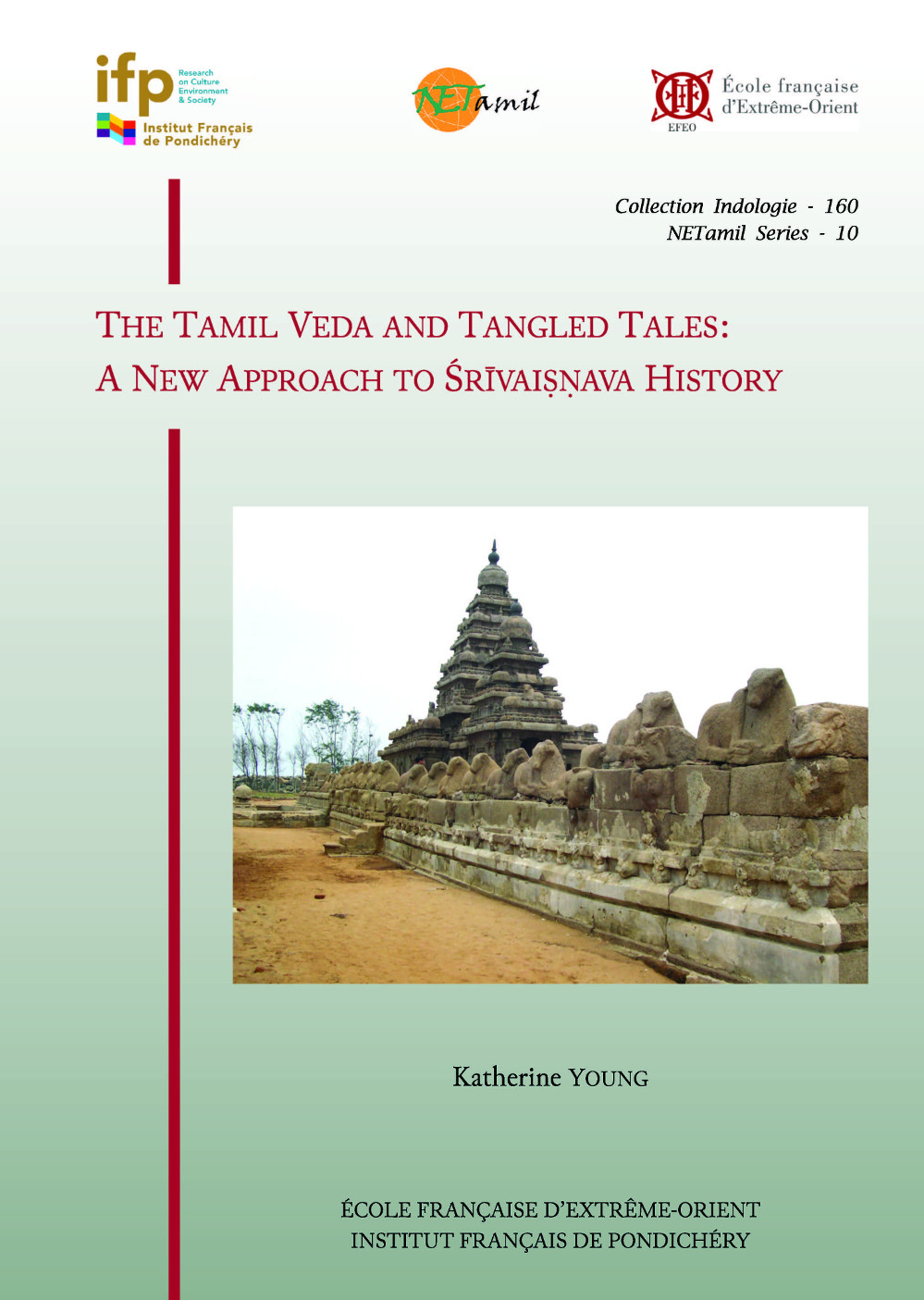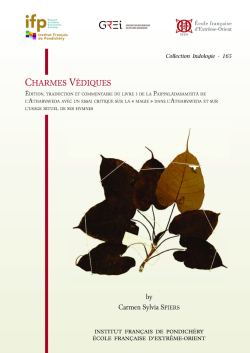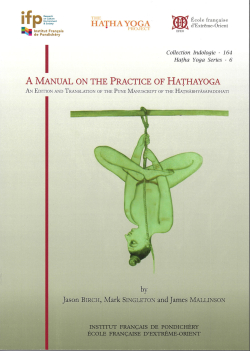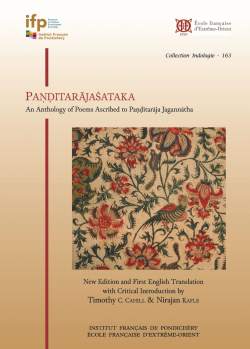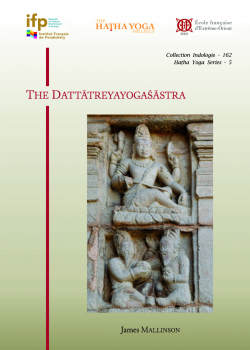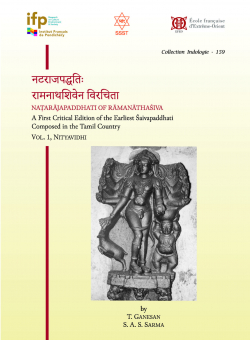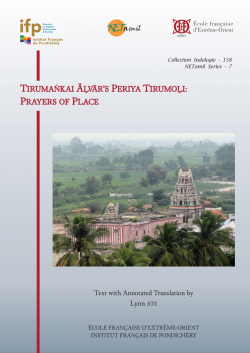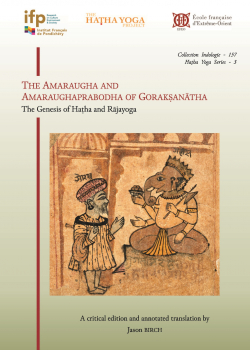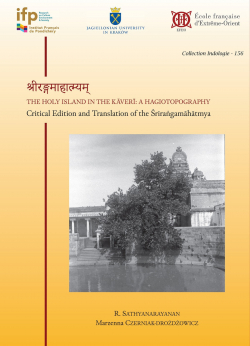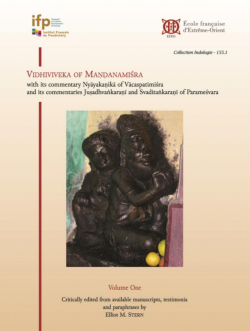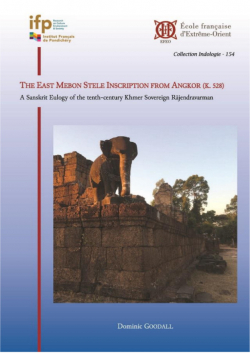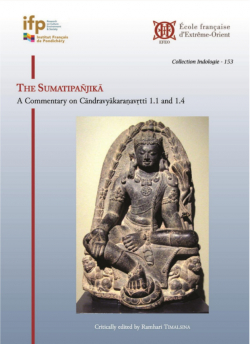Le catalogue des Éditions de l'EFEO, riche d'environ 900 titres, propose des publications portant sur l'Asie, depuis l'Inde jusqu'au Japon, et couvrant un large spectre disciplinaire en sciences humaines et sociales (archéologie, histoire, anthropologie, littératures, philologie, etc.).
Ces publications, si elles s'adressent d'abord à la communauté scientifique, intéressent également un public attiré par les civilisations et sociétés d'Asie.
The Tamil Veda And Tangled Tales
A New Approach To Śrīvaiṣṇava History
Collection : Collection Indologie
Numéro de collection: 160
Édition: EFEO - Coéditions, Institut français de Pondichéry (IFP)
Année de parution: 2024
Statut : Disponible
44,00 €
ISBN-13 : 9782855392943
ISSN : 0073-8352
Largeur : 17 cm
Hauteur : 24 cm
Poids : 0.81 kg
Nombre de pages : 462
Distributeur : EFEO Diffusion, EFEO Pondichéry Contact : shanti@efeo-pondicherry.org
Géographie : Inde
Langue : Anglais, Tamoul
Lieu : Pondichéry
Support : Papier
Description :
xxxvii+424 p., anglais, tamoul
ISBN EFEO : 9782855392943
ISBN IFP : 9788184702538
Collection Indologie n˚ 160
NETamil series n˚ 10
Résumé
Cet ouvrage explore le concept du Veda tamoul en tant que canon pour les śrīvaiṣṇava, une communauté hindoue du sud de l’Inde. Il propose que le récit historique communément accepté concernant la perte du Veda tamoul et sa récupération ultérieure par Nāthamuni au IXe ou Xe siècle est en fait une légende qui a vu le jour au XVIIe siècle. Il affirme par ailleurs qu’il y a eu deux canons distincts : le premier, constitué du Tiruvāymoḻi de Nammāḻvār ou des quatre œuvres qui lui sont attribuées, a prévalu jusqu’au début du XVIIe siècle, après quoi les 4000 versets des Āḻvārs sont devenus le nouveau canon. En démêlant de nombreux récits par une analyse des textes, des contextes, et des inscriptions, de nouvelles perspectives apparaissent et constituent un changement de paradigme dans notre compréhension de l’identité des Āḻvārs et de la trajectoire historique du sampradāya. Cette nouvelle compréhension concerne non seulement la datation des Ācāryas majeurs et de leurs hagiographies, mais éclaire également le cadre historique plus large de cette tradition.
Table des matières
Notes
Vous pouvez également commander ce titre auprès de notre centre de Pondicherry via l'adresse suivante :
shanti@efeo-pondicherry.org
Ou bien, auprès de l'Institut français de Pondicherry via l'adresse suivante :
library@ifpindia.org
Les commandes à destination de l'Inde doivent être placée auprès de notre centre de Pondicherry ou de l'Institut français de Pondicherry.
